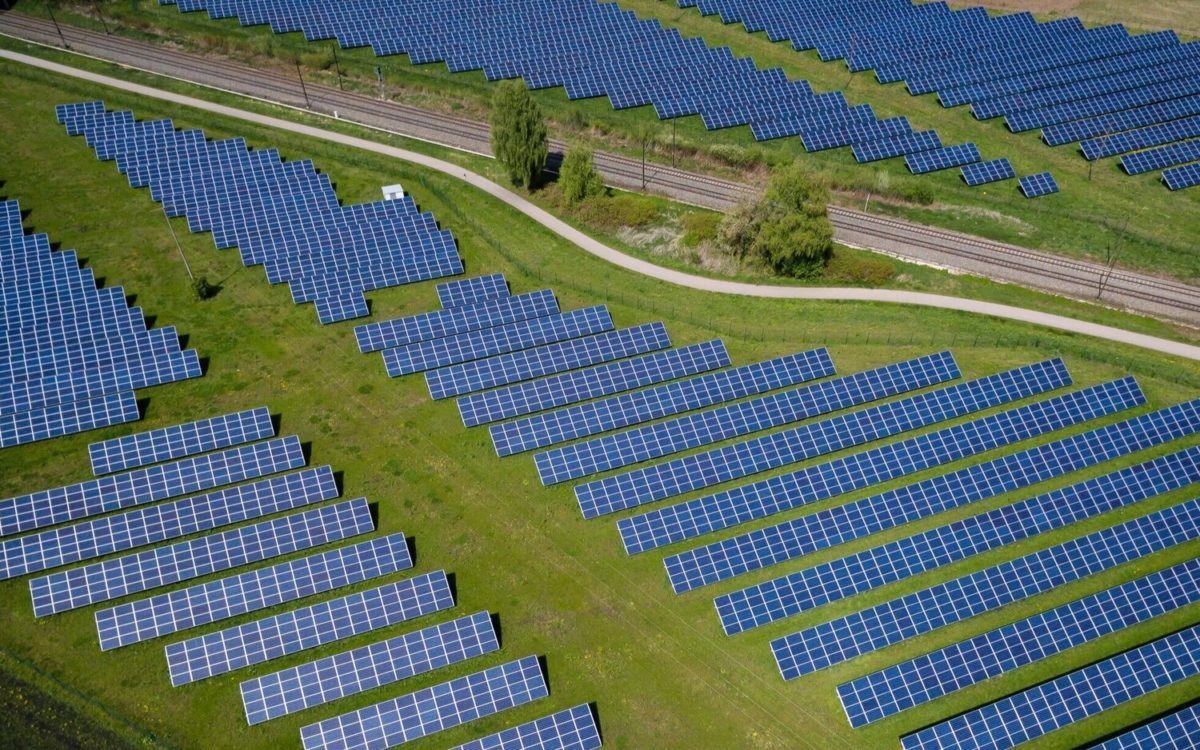As New York moves towards achieving its 70% by 2030 renewable electricity goal (enacted in the 2019 Climate Leadership and Community Protection Act) community solar will play a critical role in making sure that residents of all incomes and in all locations have access to clean energy.
The state has made two important strides in expanding the role of community solar.
Community solar-plus-storage
The first of these strides is a tangible one, as the office of Gov. Andrew Cuomo has announced that the state’s first community solar-plus-storage project has been completed. The installation is a 557-kW rooftop, paired with 490 kW of four-hour Tesla Powerpack lithium-ion batteries. The project is located in Westchester County, where it will reduce the energy costs for approximately 150 households and provide power to 12 Tesla electric vehicle supercharging stations.
While this project may not be impressive in capacity or scope, it paves the way for other, larger community solar-plus-storage projects to come to New York. There are currently 50 community solar projects paired with energy storage across the state in the New York State Energy Research and Development Authority (NYSERDA) project pipeline, all of which are expected to be completed in the next two to three years.
Community solar opt-outs
The second New York community solar stride made this week comes from the Villages of Brockport and Lima, where The New York State Department of Public Service (DPS) has approved implementation of an opt-out community solar pilot.
The pilot has been developed by Joule Community Power, which worked directly with leaders in the two villages. The pilot is similar to a traditional community solar pilot, where interested customers opt-into the generation from a solar installation, except flipped. In this pilot, the municipality enrolls their entire population in community solar, leveraging the collective buying power of their residents at a large enough scale to secure better terms through a single competitive bidding process with solar providers.
Under this program, those wishing to see the benefits of community solar no longer have to undergo a soft credit check, sign a contract with a community distributed generation or pay separately for the solar credits.
Until an individual chooses to opt-out, they will be automatically enrolled in the program, with any credits or charges to be accounted for in the consumer’s National Grid electricity bill. Upon opting-out, which residents are free to do at any time for any reason, no penalty is issued, but these customers then lose the guaranteed 10% price reductions on the solar bill credits that lower their annual electricity costs.
“The CCA solar program that Joule Assets has created meets the Village of Lima’s long-sought goal of providing residents with 100% renewable energy at a 10% cost saving,” said Lima Mayor John Correll. “The elegance of the program is that residents don’t have to take any action to benefit and the solar credits will appear automatically on their regular National Grid bill each month.”
The pilot also eases the development process, as developers no longer have to worry about enrollment and can have some level of customer participation certainty.
This content is protected by copyright and may not be reused. If you want to cooperate with us and would like to reuse some of our content, please contact: editors@pv-magazine.com.









By submitting this form you agree to pv magazine using your data for the purposes of publishing your comment.
Your personal data will only be disclosed or otherwise transmitted to third parties for the purposes of spam filtering or if this is necessary for technical maintenance of the website. Any other transfer to third parties will not take place unless this is justified on the basis of applicable data protection regulations or if pv magazine is legally obliged to do so.
You may revoke this consent at any time with effect for the future, in which case your personal data will be deleted immediately. Otherwise, your data will be deleted if pv magazine has processed your request or the purpose of data storage is fulfilled.
Further information on data privacy can be found in our Data Protection Policy.